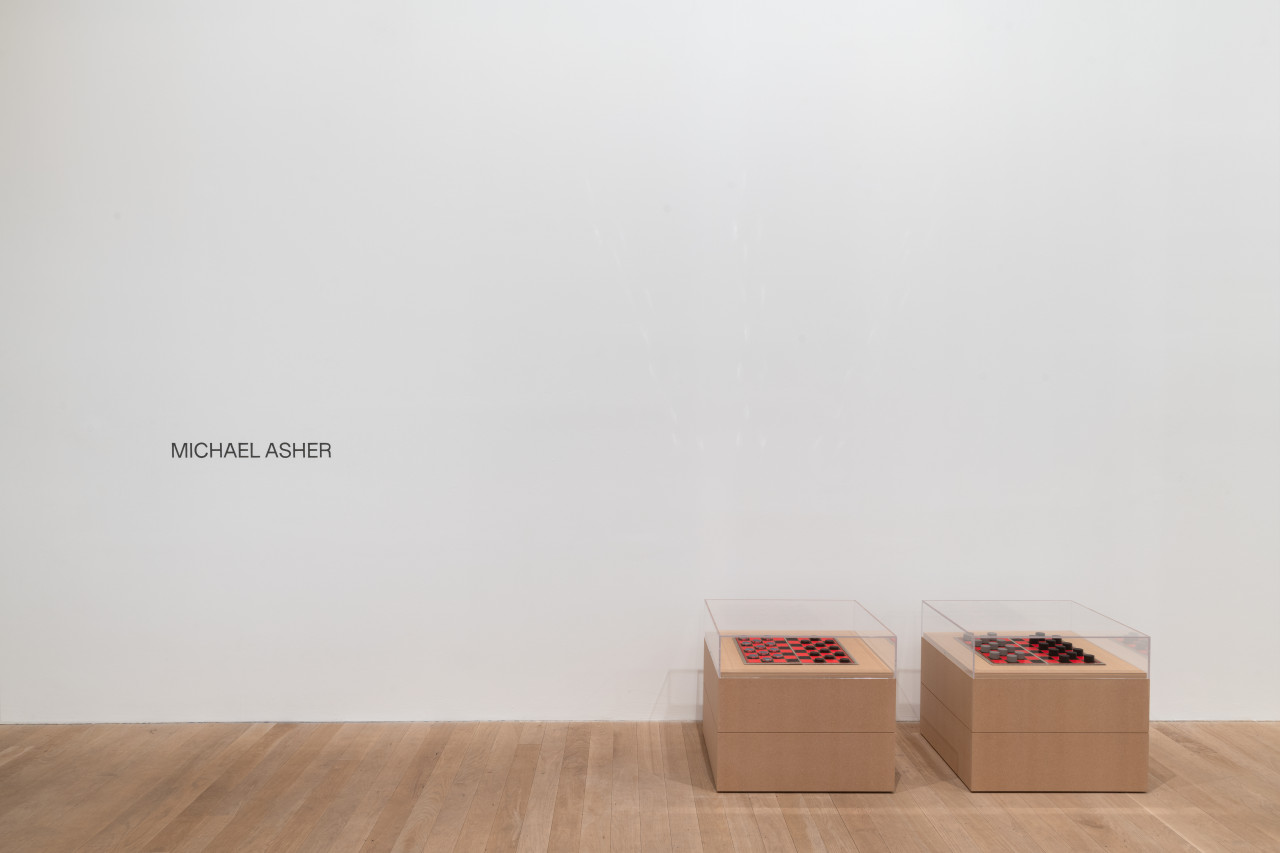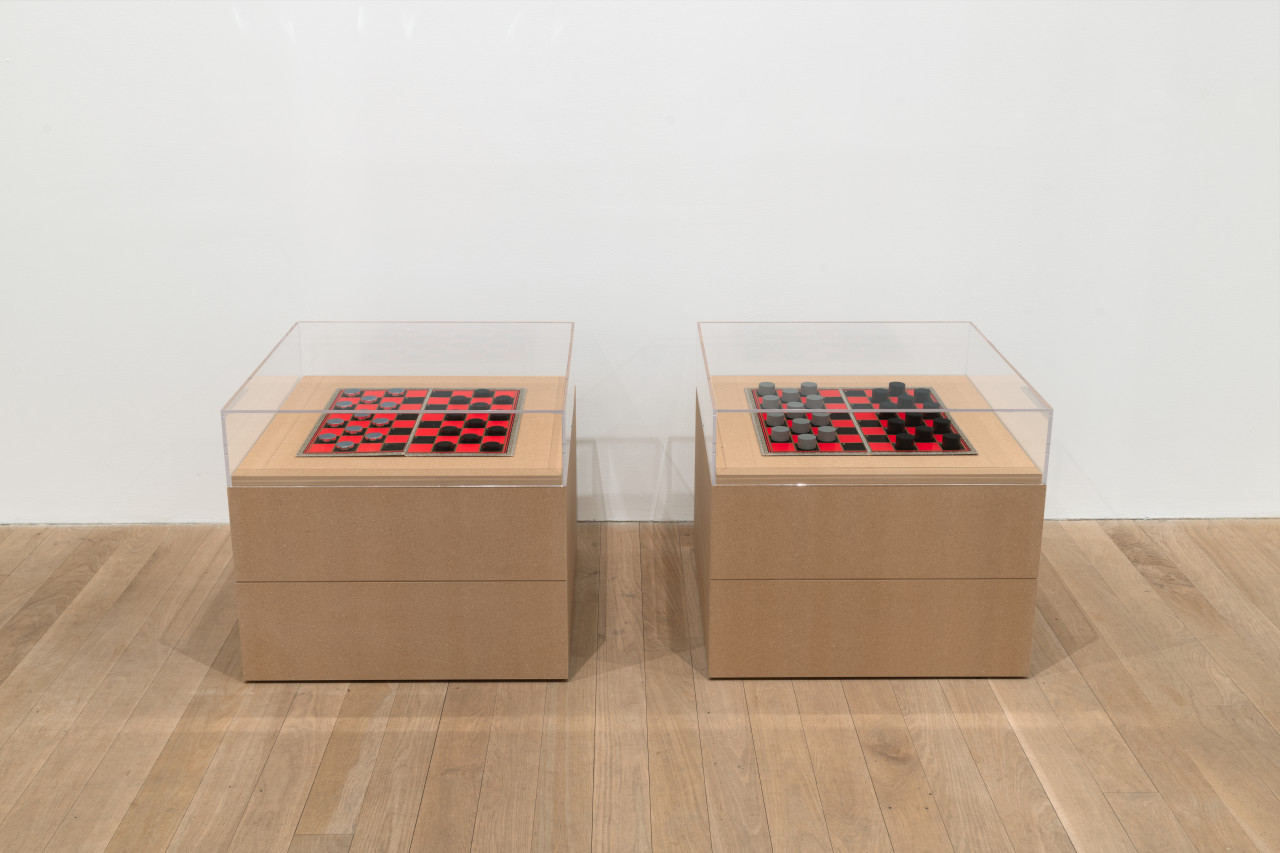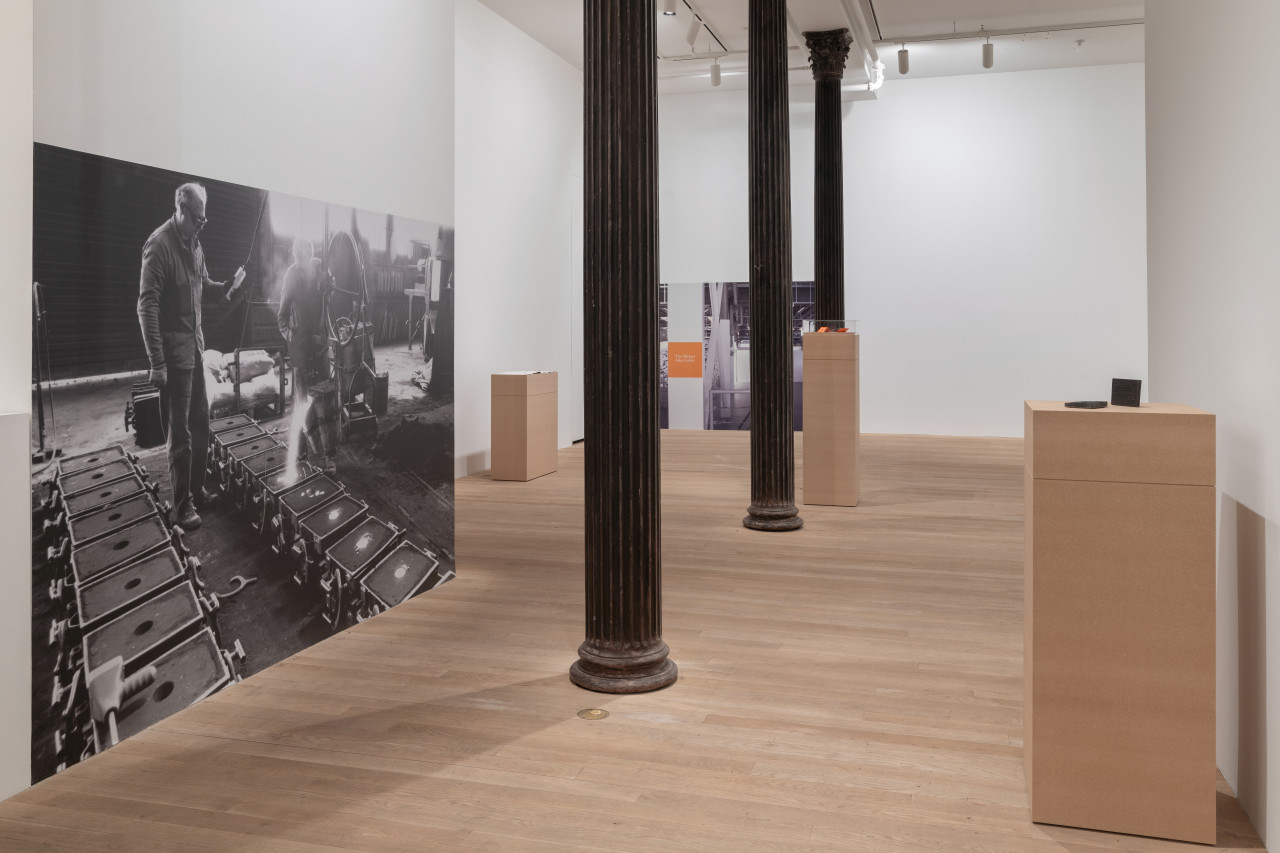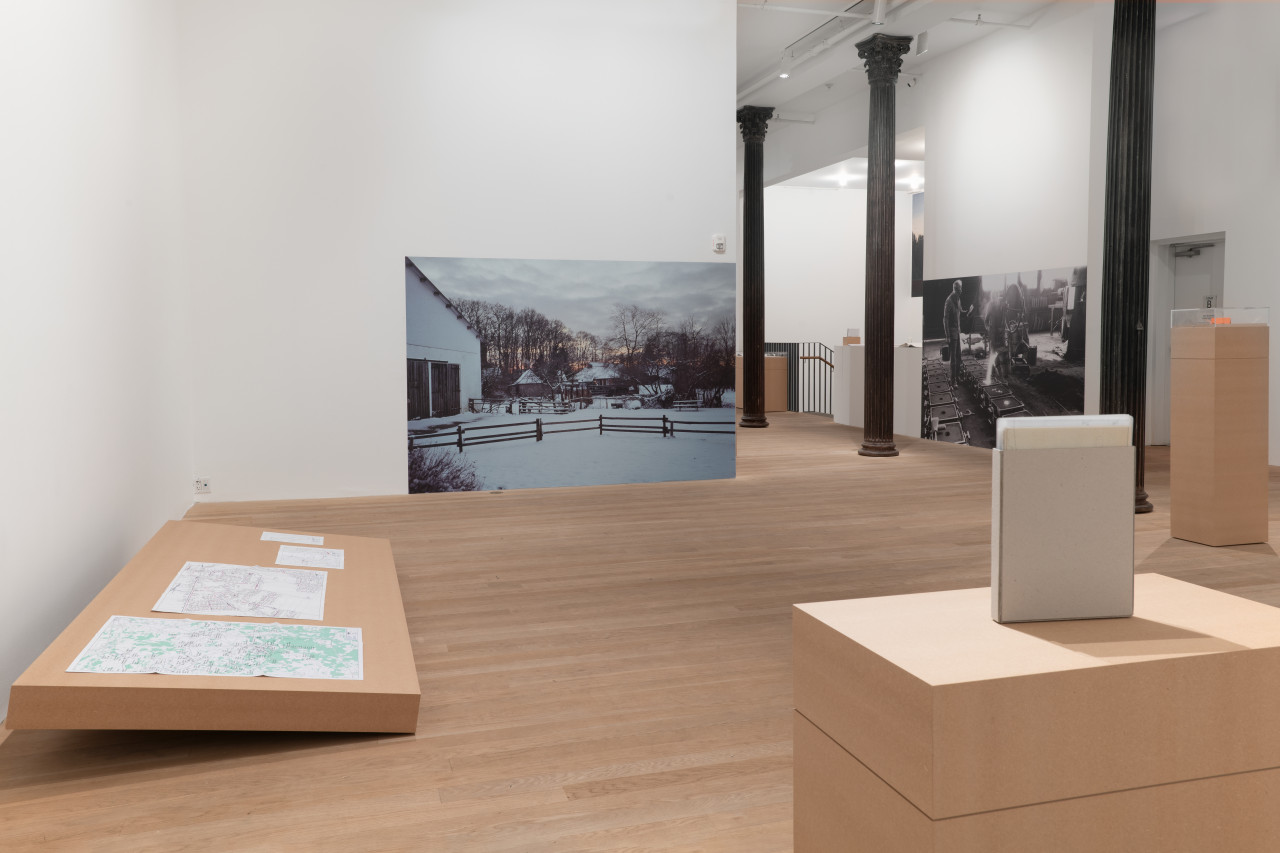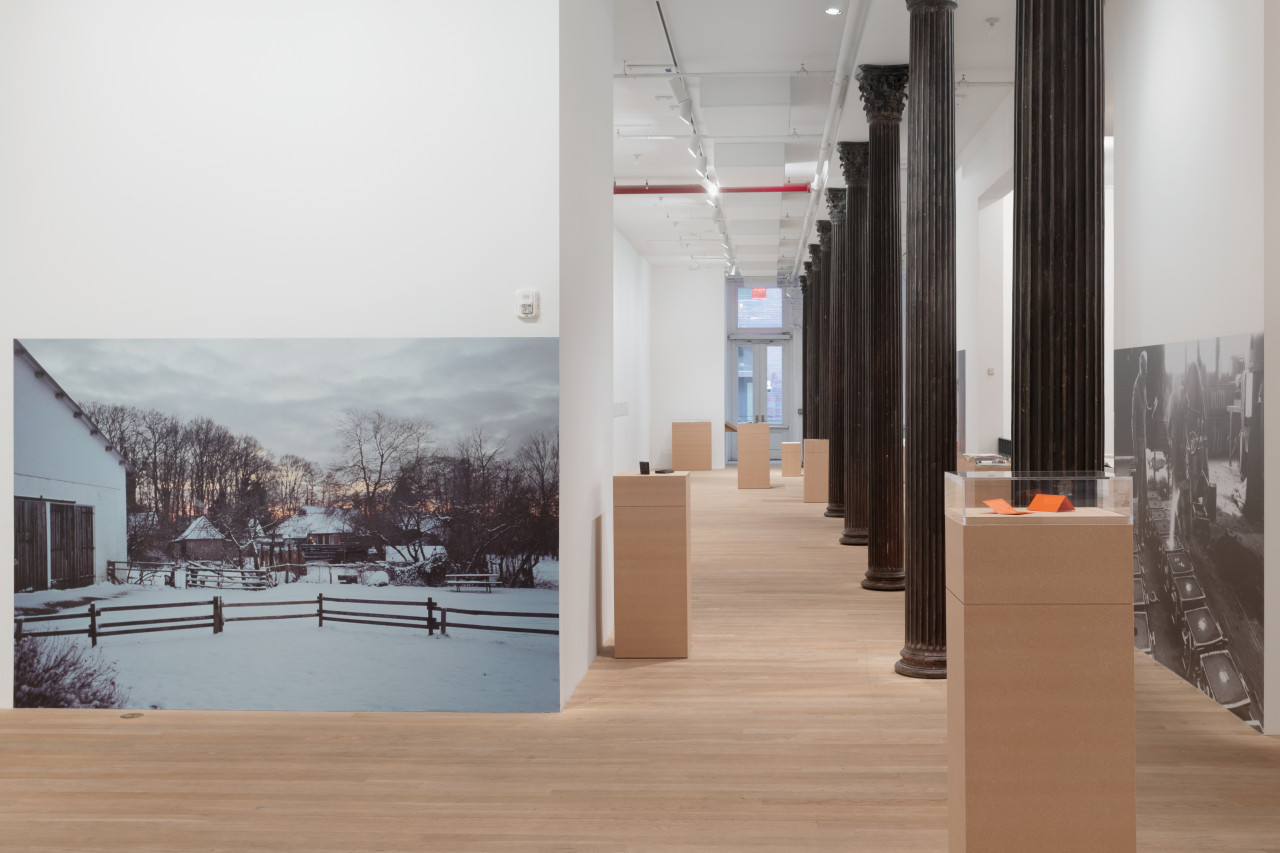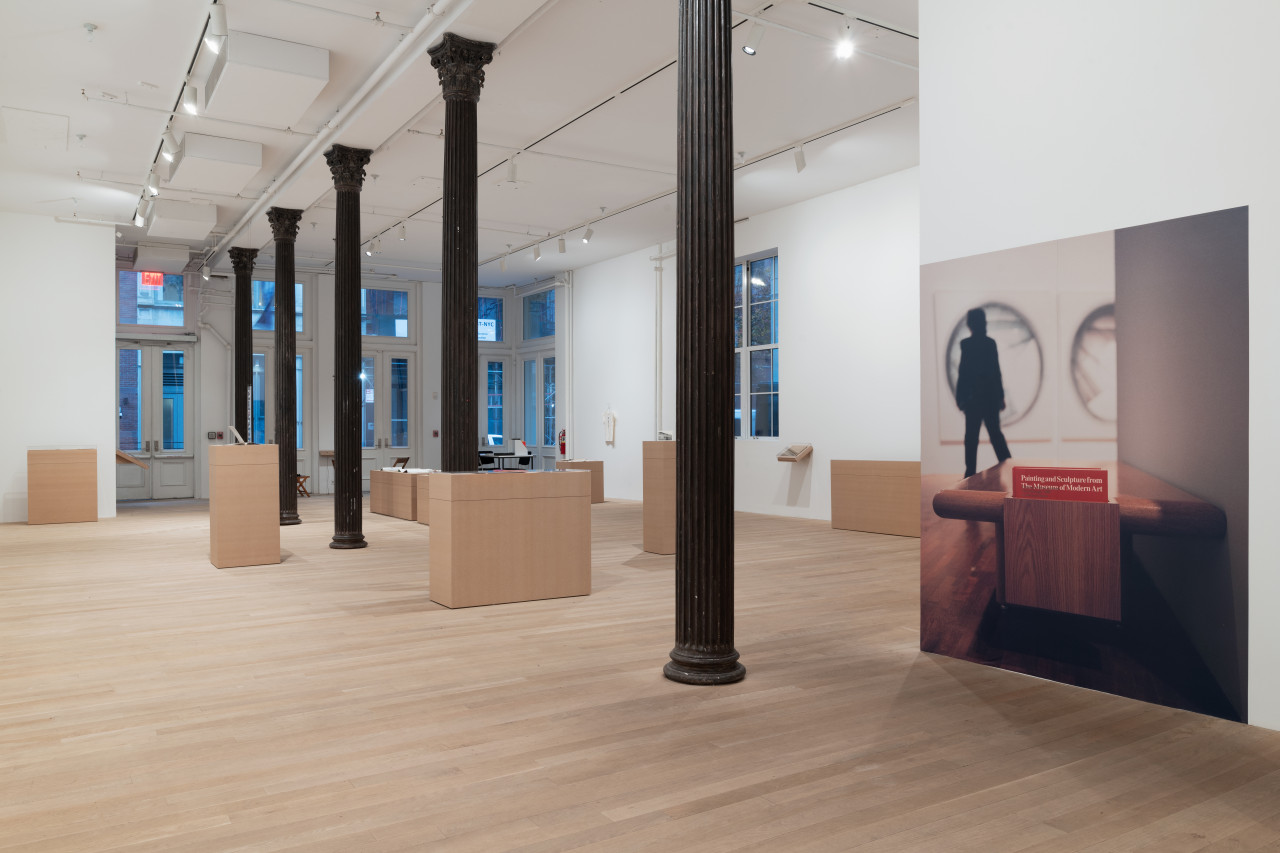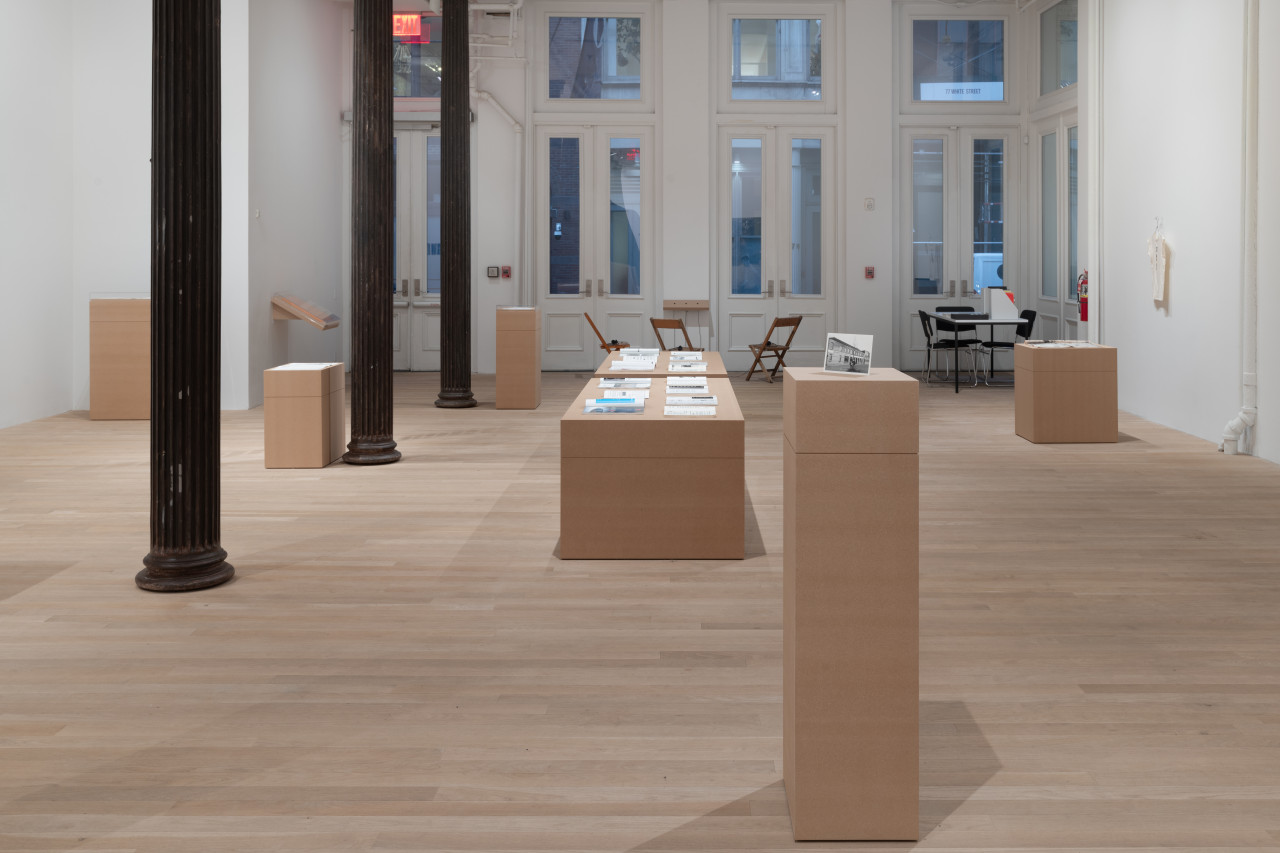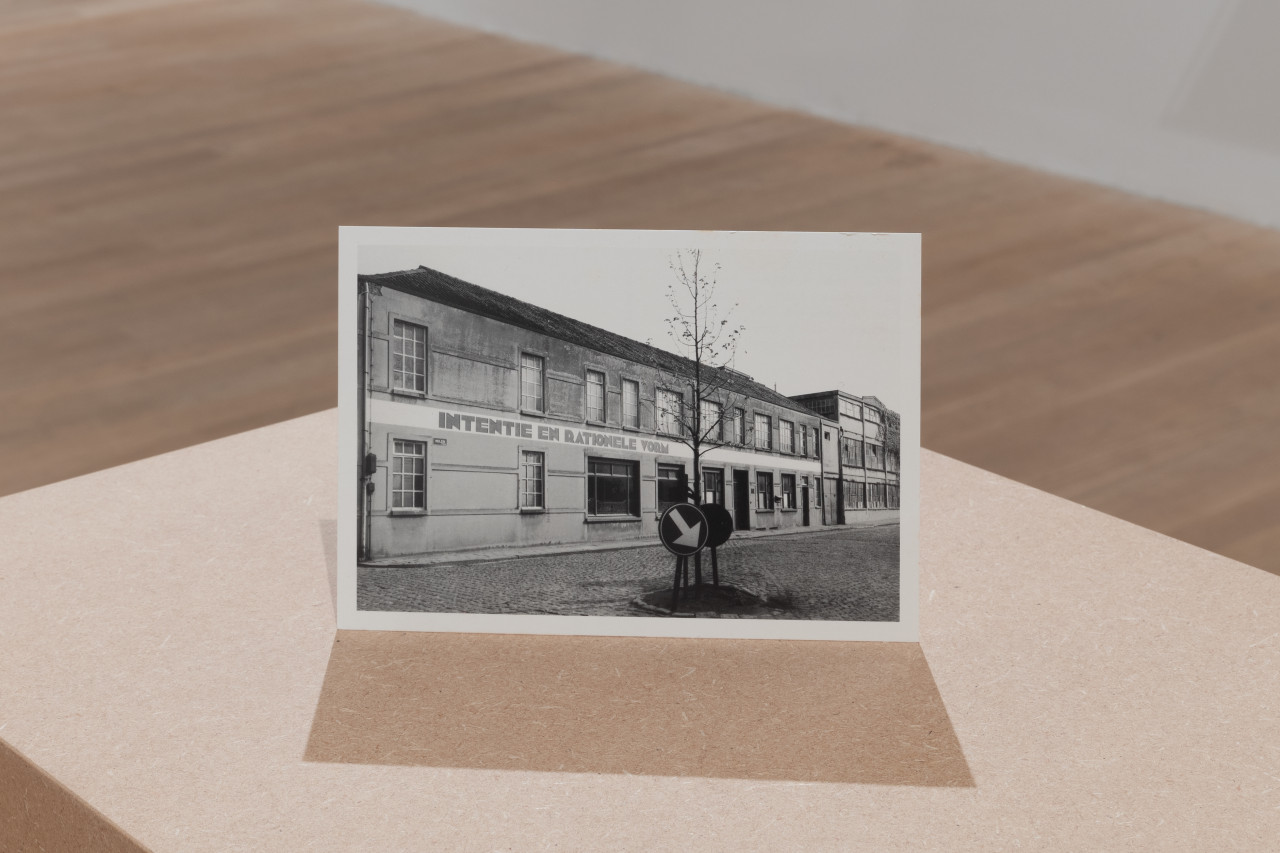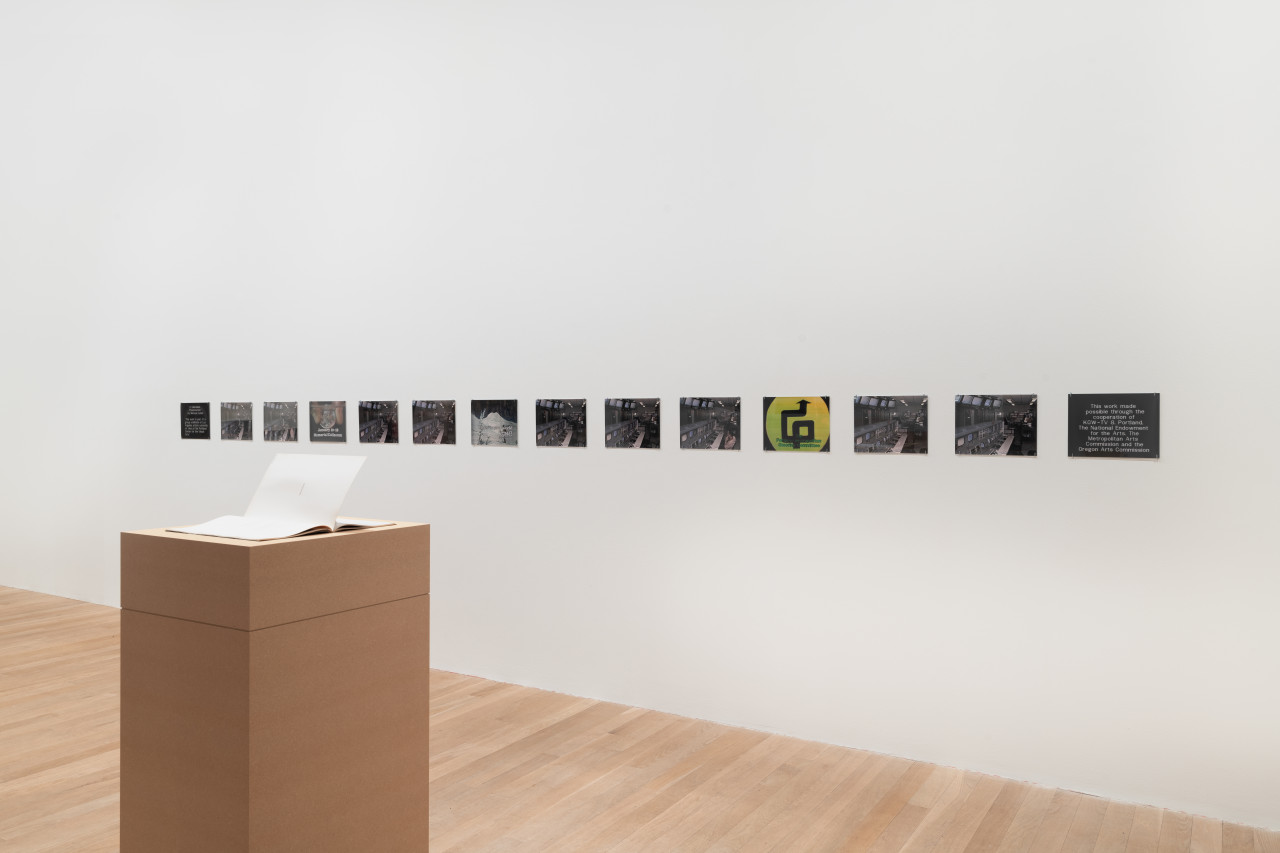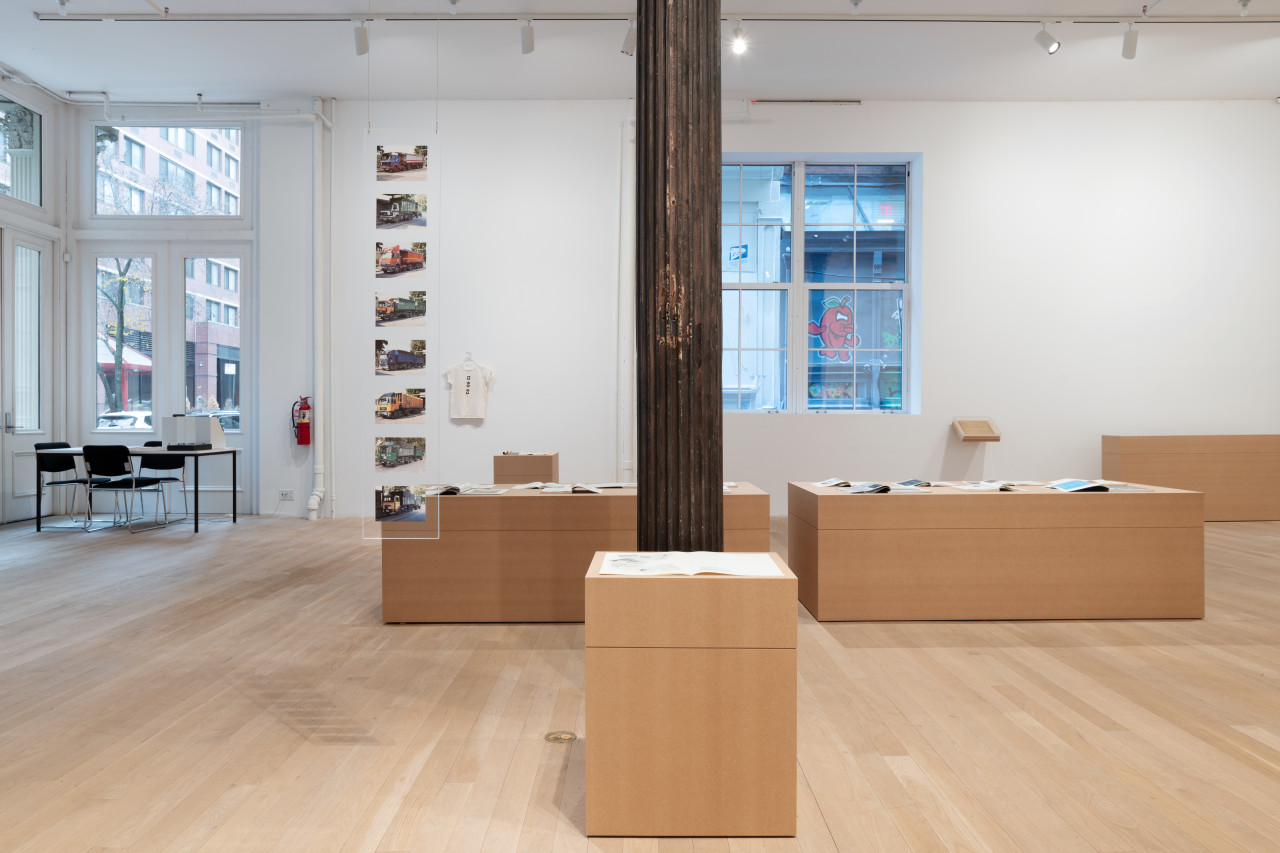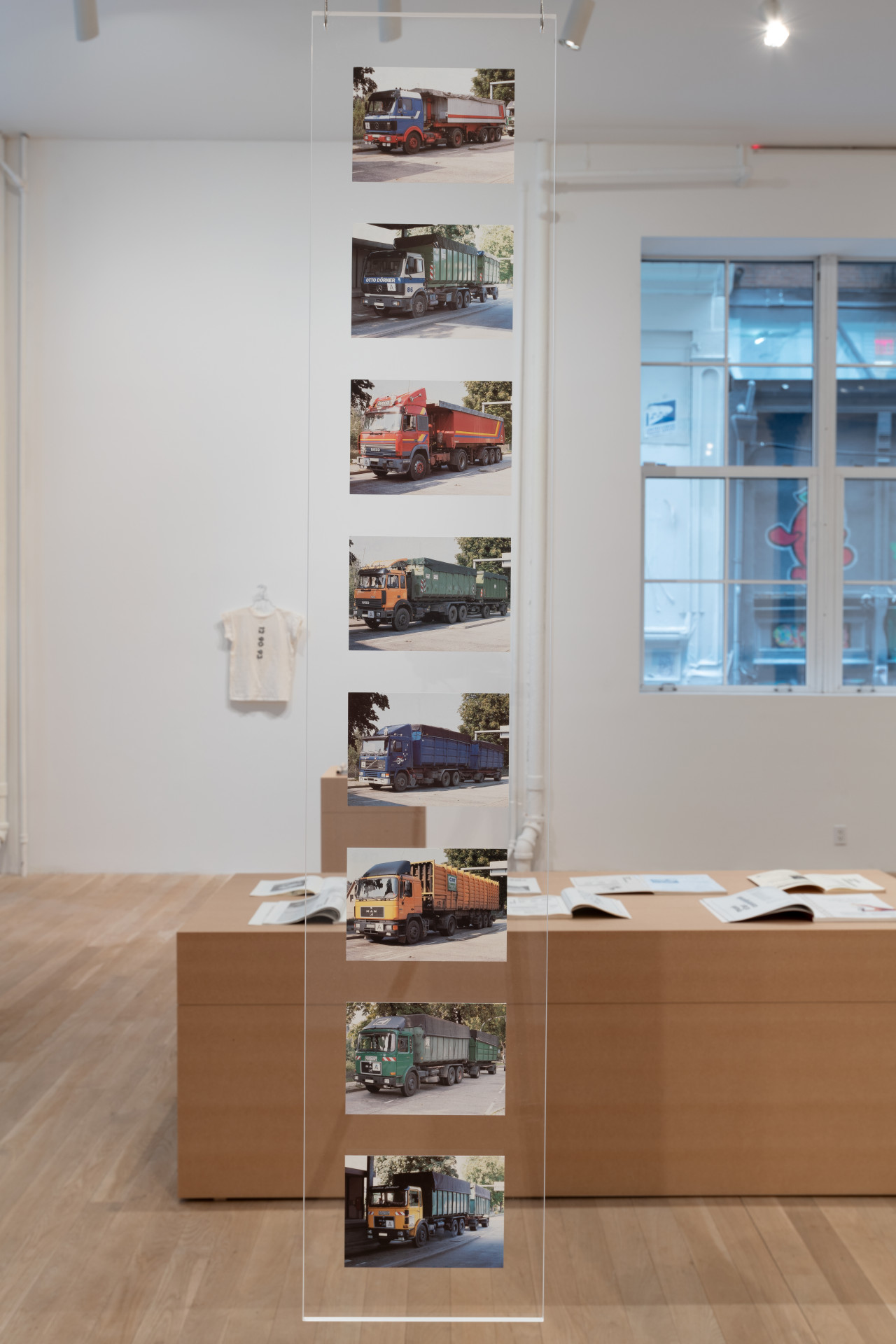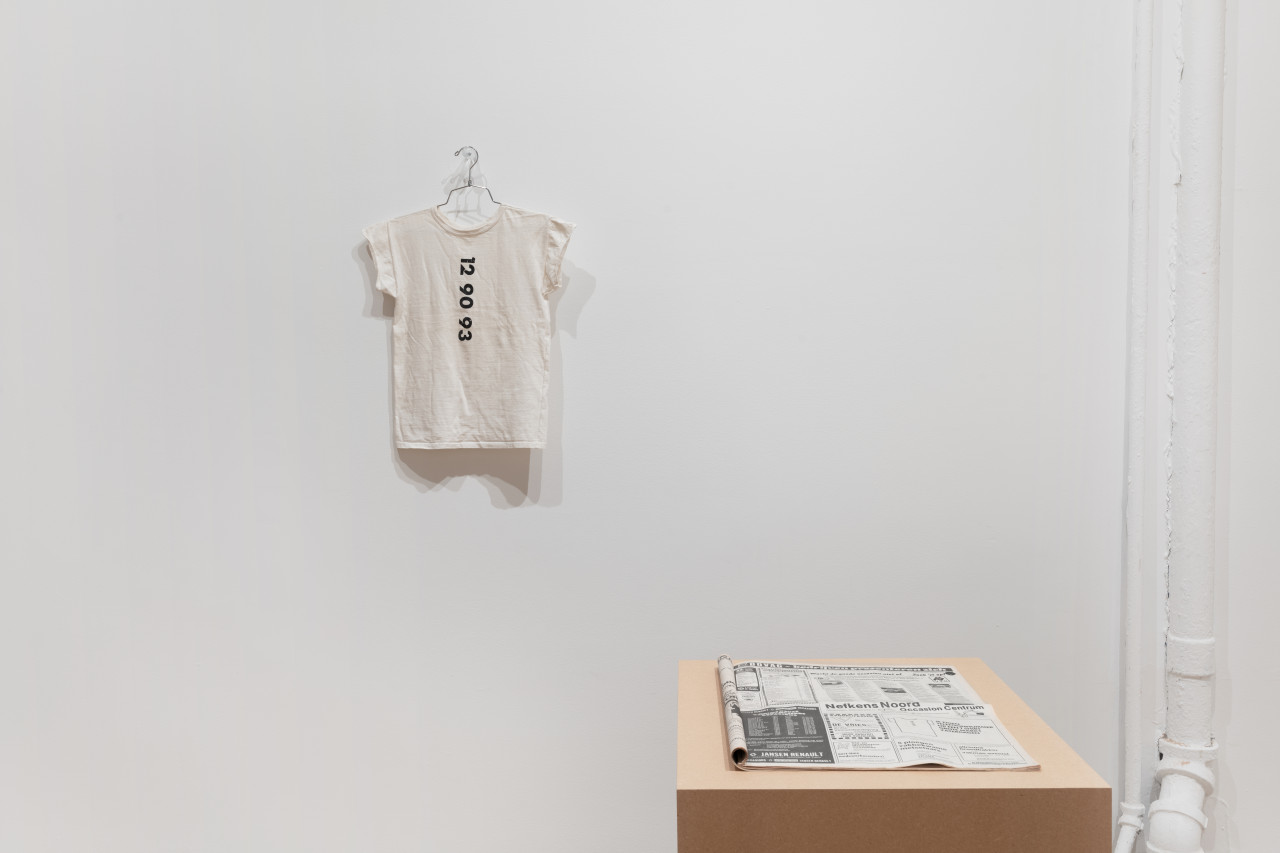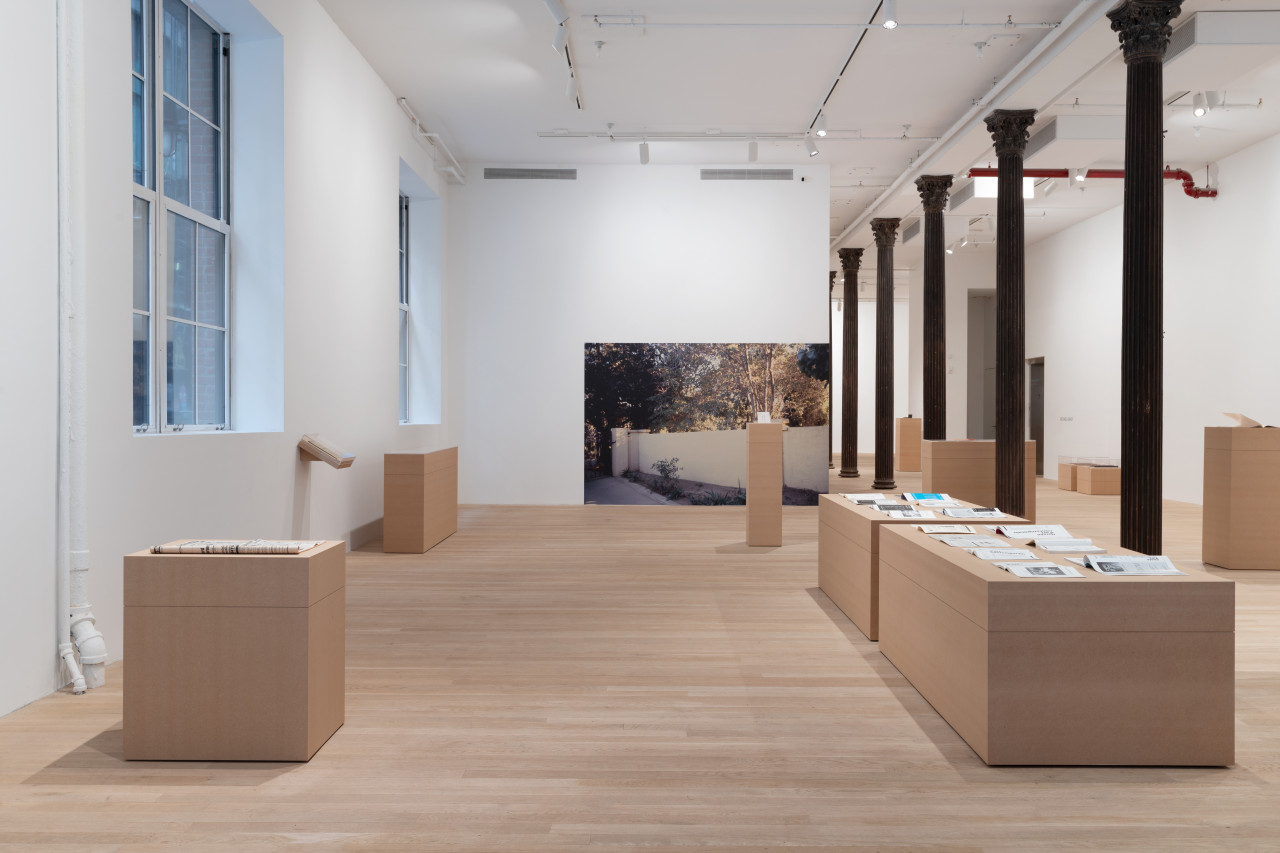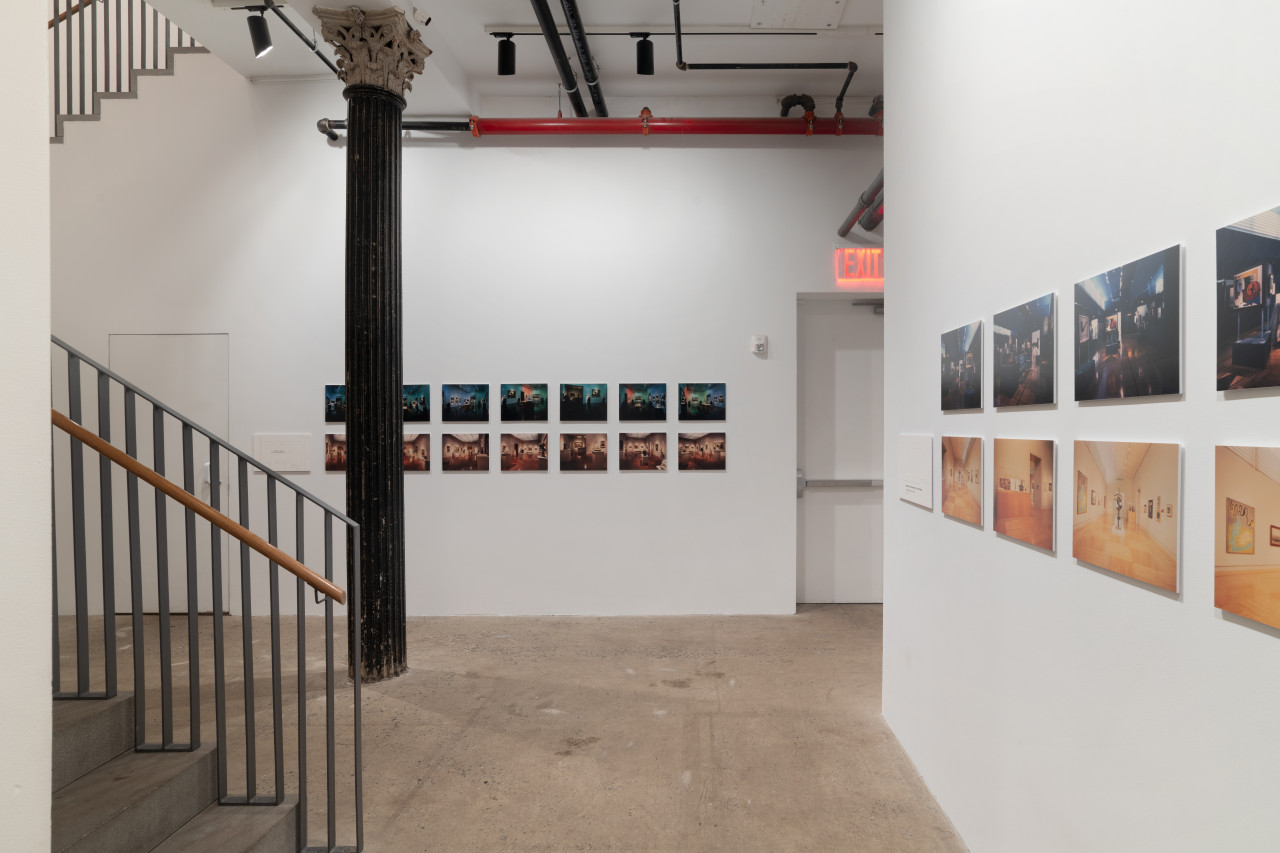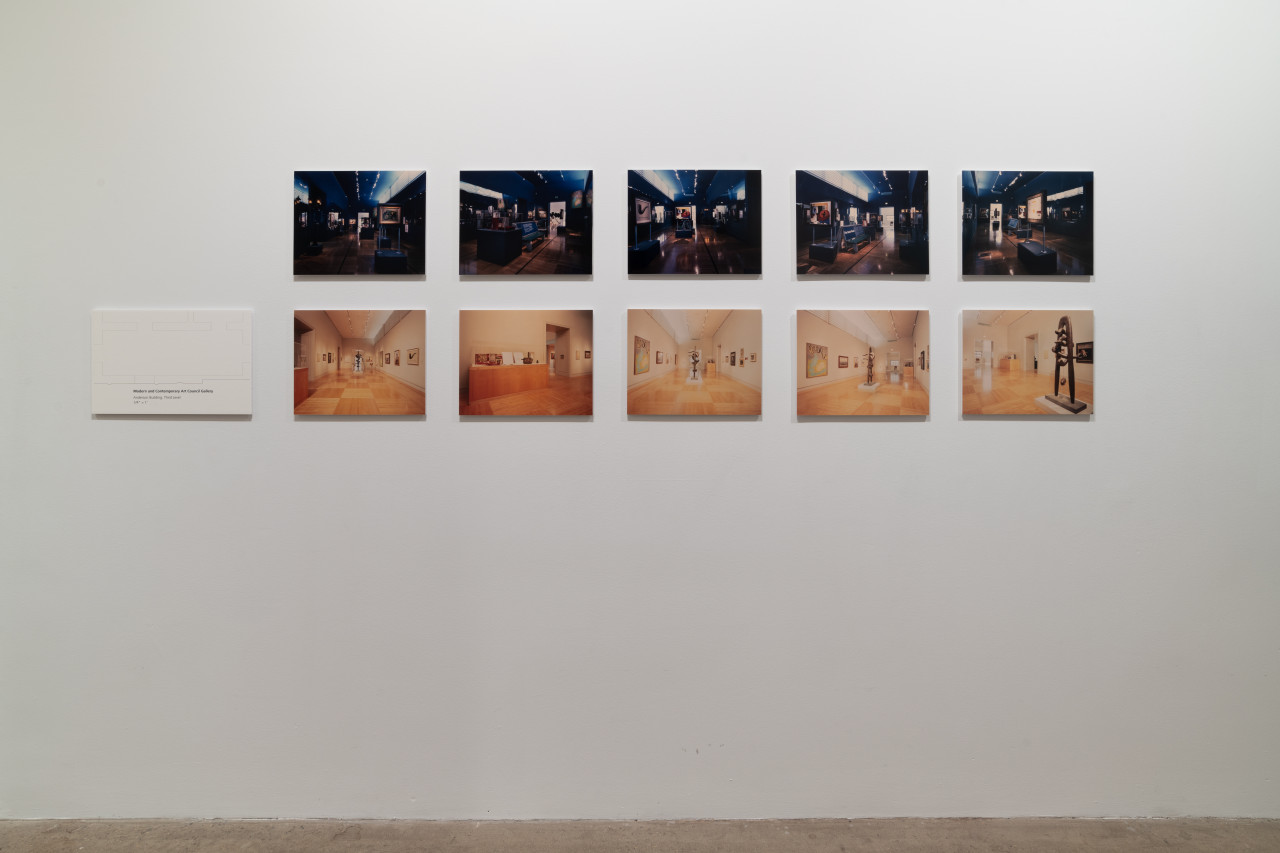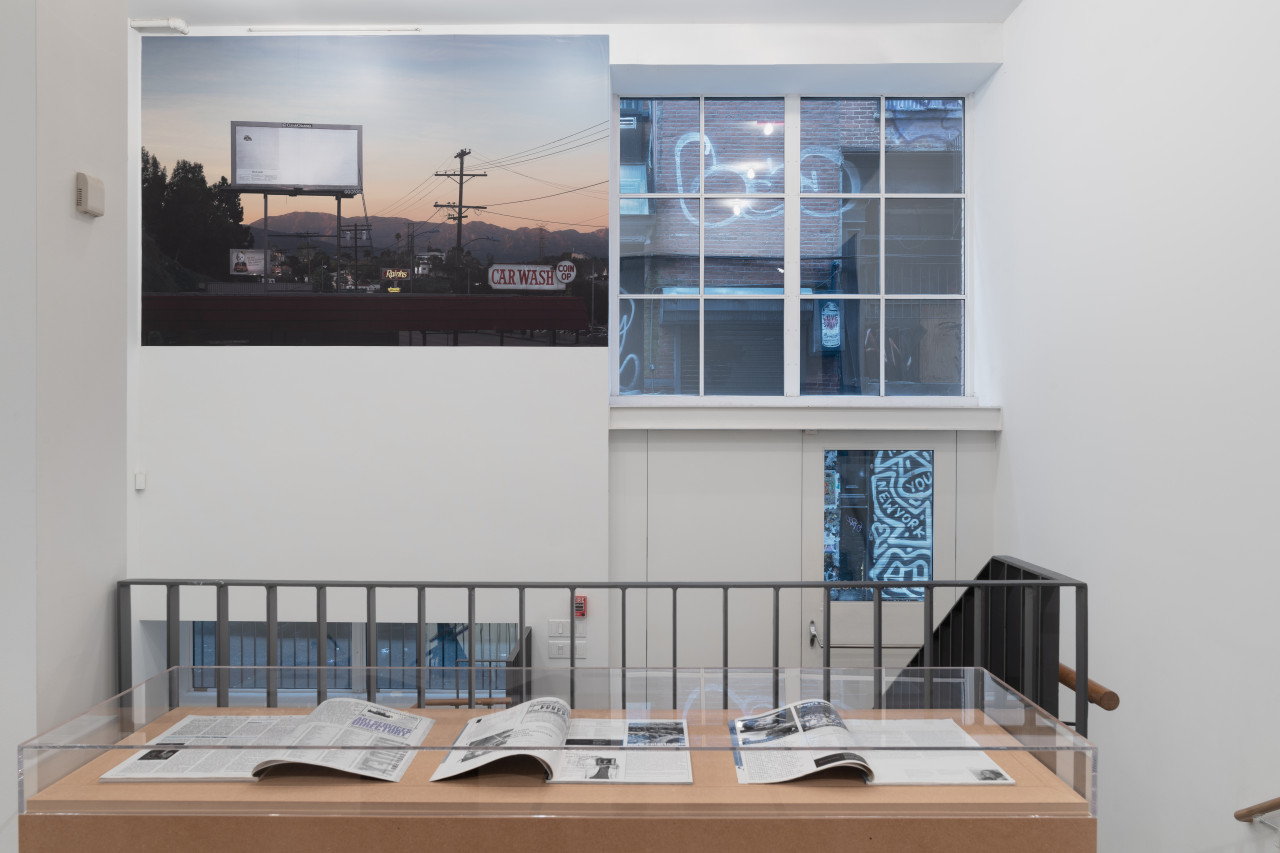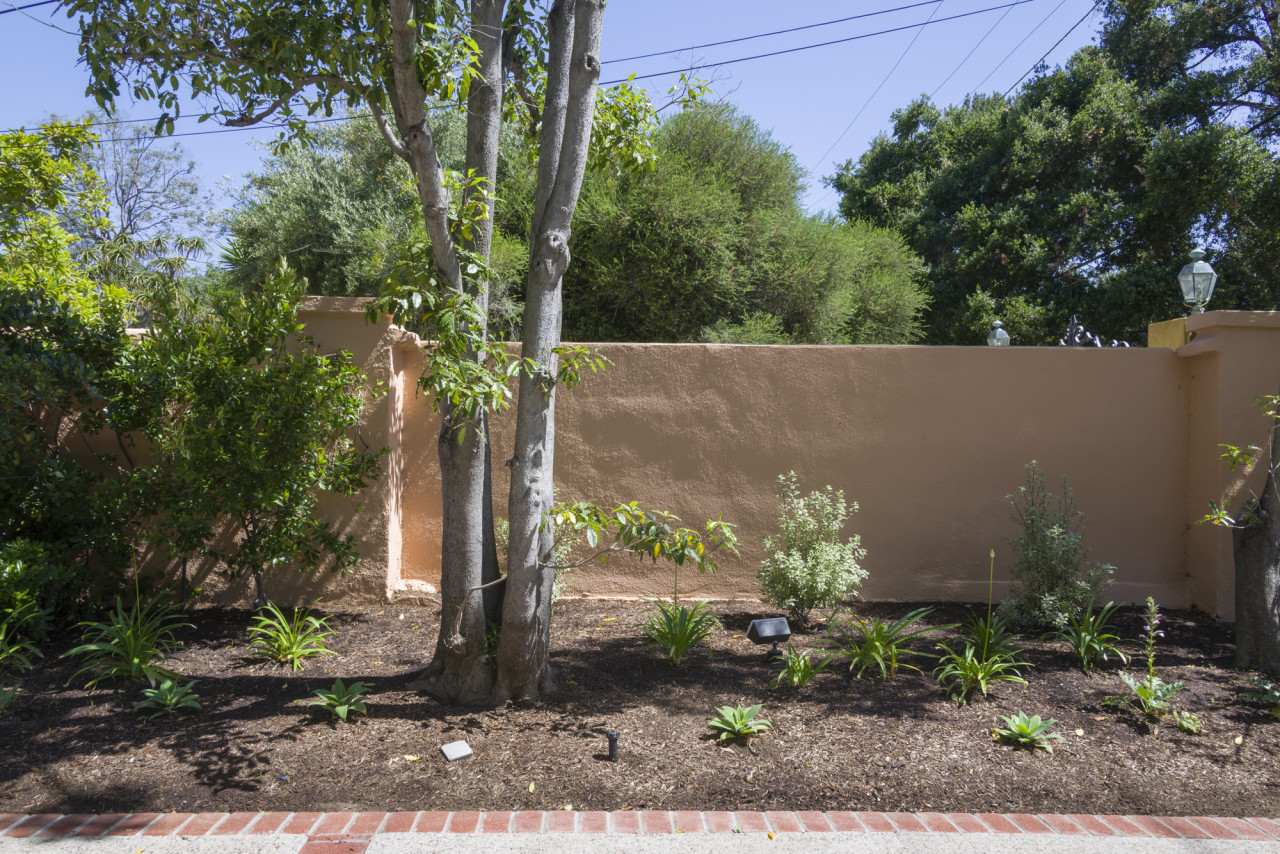November 22, 2024 – February 8, 2025
Over a career spanning six decades, Michael Asher (1943–2012) played a pivotal role in developing conceptual art through site-specific interventions that made their surrounding context the active content of his work. Asher’s interrogations of these sites reveal the many ways art can critique and make visible the often unseen social, economic, and institutional structures that underpin the subjects it addresses.
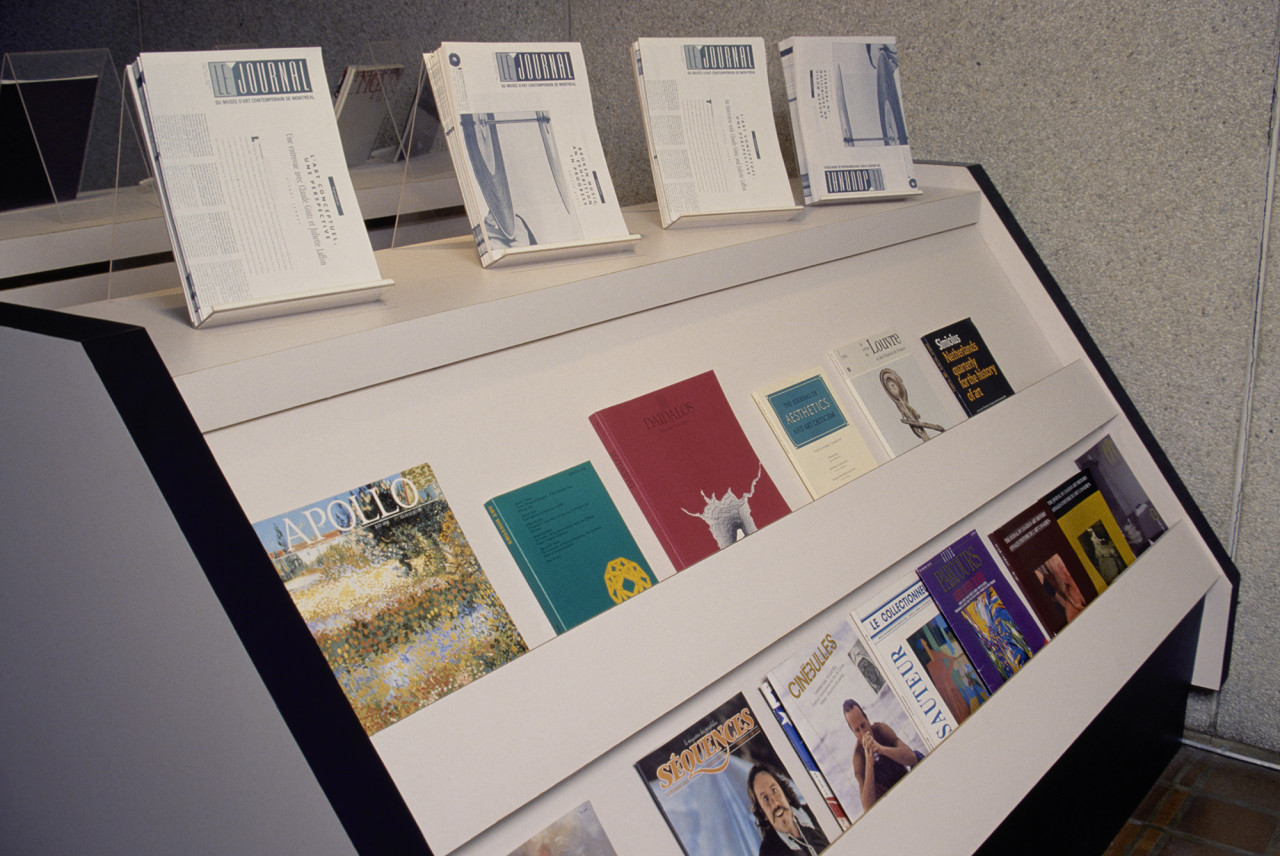
This focused survey presents twenty works via their material elements, documentation, and an accompanying exhibition guide. While many of Asher’s projects left no trace, “fragments” exist for some, including distributed objects (household items, games, clothing, maps, and postcards) that were designed to circulate publicly. His practice also employed a broad range of 20th-century media and utilized their conventions of production and distribution—including film, television, radio, magazines, publications, advertising, and graphic identities. Among his many engagements with institutions, Asher intervened in branding and signage, patronage, as well as educational and curatorial responsibilities.
Produced for a specific time and place, Asher’s work intrinsically questions both the possibility and value of retrospective display. This exhibition draws on documentation and other resources from the artist’s extensive archive, alongside loans from friends and peers. While much of Asher’s work cannot be reconstituted, his wide-reaching methods and models offer pathways for understanding art’s relationship with broader systems of meaning.
